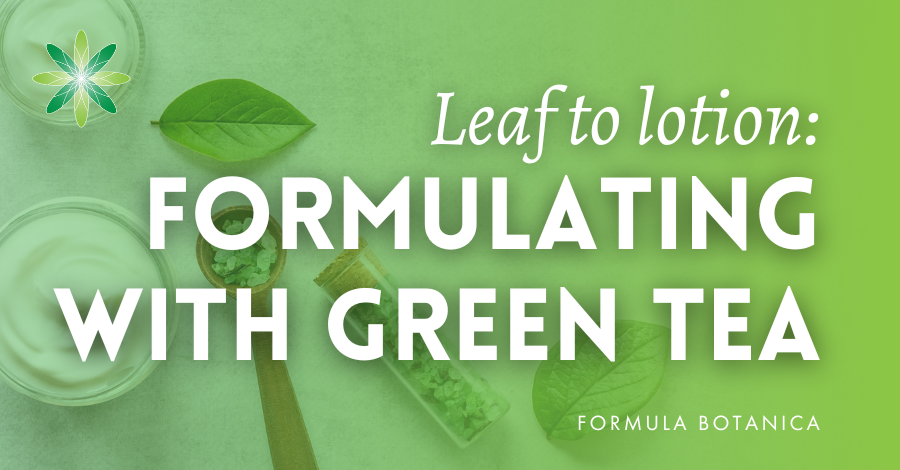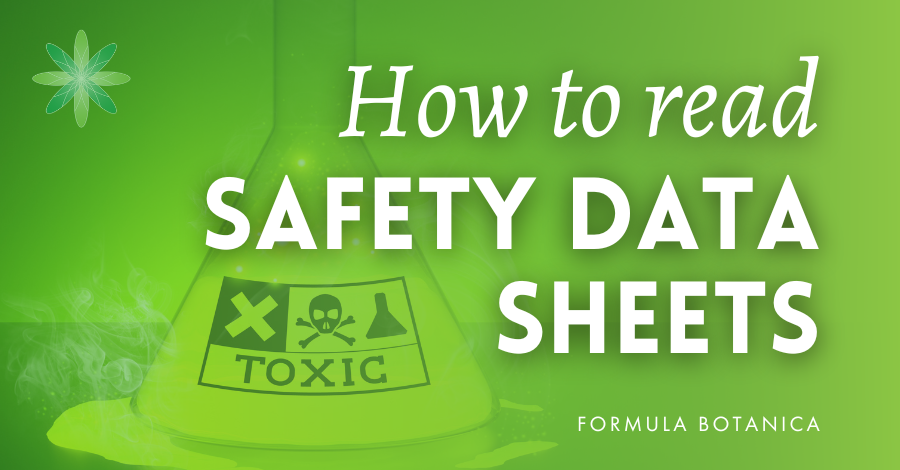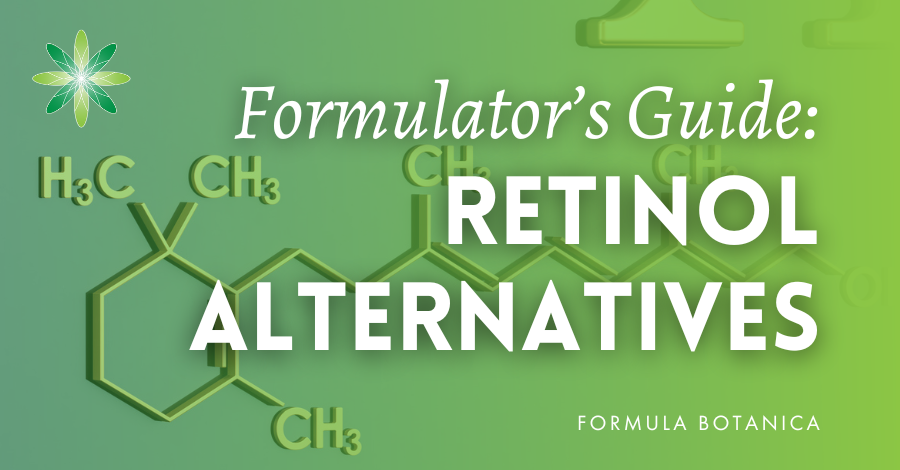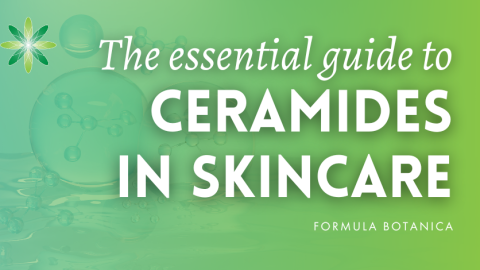The use of aloe vera in skincare is no surprise as it’s a well known plant that has been a successful, effective skincare ingredient for a long time. The plant offers great benefits for the skin and hair and its properties have been recognised for thousands of years in traditional medicine; its use has been recorded as early as 2,200 BC, and is associated with important historical characters such as Cleopatra and Alexander the Great.
As a cosmetic ingredient, aloe vera is widely used in many mainstream skincare and cosmetics’ products. The plant is very skin-friendly and has a low risk of causing allergies, sensitivity or skin reactions, and it is also versatile. It is common in after-sun products, and in facial, hair and body care.
Aloe vera is also a popular plant for scientific research with many studies being conducted to investigate its properties and composition. Among more than 400 species of aloe, Aloe vera Burm is one of the most prevalent and widely used. It can also be found under Aloe barbadensis Miller and both names refer to the same plant.
In this post, we cover the forms and functions of the various aloe vera ingredients available to the natural skincare formulator, with tips on how to use them in high-performance skincare. We’ve a nice and easy formula using this incredibly versatile natural ingredient in our post on how to make an aloe vera repairing mist. It’s an excellent starter formulation for you to explore experimenting with aloe vera.
Uses of Aloe Vera in Skin Formulations
Among Aloe vera’s active components, we have lipophilic and hydro-soluble vitamins, minerals, enzymes, simple and complex polysaccharides, phenolic compounds and organic acids, which together are responsible for its properties.
Aloe vera leaves have two distinct parts:
The outer green peel, and the inner colourless gel.
Just be careful not to confuse the bitter yellow liquid (exudate) from the outer peel with the clear inner gel. Both parts have different components and activities so it’s very important to distinguish between them and choose the appropriate part of the aloe vera plant depending on the properties you intend to add to your cosmetic.
Aloe Vera Gel
Aloe vera gel has great moisturising properties. That’s because it is rich in polysaccharides, which also give it a gel-like appearance. The polysaccharides are highly hygroscopic (water-loving) and bind to moisture. On the other hand, its structure forms a protective film for the skin, which helps give it its beneficial properties. It also aids protection of the epidermis and the skin’s ability to restore itself. Some studies point to possible analgesic and anti-inflammatory activities of the gel; properties that would be particularly beneficial on skin wounds, burns and promotion of radiation damage repair. Aloe vera gel also comprises vitamins, amino acids, minerals and enzymes, which provide its skin-soothing effect.
Aloe vera is a common but also complex and amazingly beneficial ingredient in natural skincare formulation. Learn all about its forms and functions in #naturalskincare. #aloevera #skincareingredient Share on X
Aloe vera leaf exudate
The leaf exudate, which originates in aloe vera’s green peel, has been studied for both toxic and medicinal properties. Researchers are working on isolating the components present in the exudate, with a view to its application in both medicinal and cosmetic products.
The exudate’s composition varies in different species. However, it invariably contains several components that cause skin irritation and erythema (redness): phenolic compounds, particularly chromone, anthraquinone or anthrone derivatives are often the cause. For this reason, we recommend that you use only aloe vera gel in your formulations, and avoid the leaf exudate.
Another component of interest in aloe vera leaf exudate is aloin, which has been isolated and studied for its skin-lightening properties with great results. As you can see from the skincare science above, aloe vera is a complex ingredient. So, for ease, we’ve compiled the components that make aloe vera an appealing ingredient to work with as a natural skincare formulator:
| Useful Properties of Aloe Vera as a Skincare Ingredient | |
| Advantages: |
|
| Key Properties: |
|
| Components: |
|
| Ingredients: |
|
How to Use Aloe Vera in Skin Care
Aloe vera is a water-soluble ingredient that can be added to water-based formulations like toners, foams and emulsions.
Ingredient form:
Aloe vera oil is usually the product of macerating aloe vera powder in an oil to create an extract containing the lipophilic components of aloe vera. Keep in mind that these lipophilic components have properties different from those of aloe vera gel or powder, and that aloe vera is mostly composed of water and has low amount of those lipophilic components.
When using aloe vera oil check which oil was used for the maceration and make sure it fits the goals you set for your formula.Also check for other additives like vitamin E, for example.
Aloe vera powder can be solubilised in water or hydrosols to create a solution. In other words, it does not form a gel. If you wish to have a gel-like appearance when using aloe vera powder in cosmetics’ formulation, you should add a gelling agent.
Composition:
Check which other ingredients form part of the aloe vera ingredient you are using. It is always worth checking if the product you bought contains a preservative or other additives that can interfere with or affect other ingredients in your formulation.
Dosage:
Aloe vera is a safe ingredient, however its application dosage will depend on which form of aloe vera in skincare you are using. Always follow your suppliers’ recommendations.
Stability issues:
Due to its high content of electrolytes, aloe vera can impact the stability of emulsions; take this into consideration when designing your formulation.
Risk of Contamination:
As it is such a rich material, aloe vera offers a suitable environment for microbial growth, so it’s important to use the appropriate preservative system to avoid contamination. We hope this post has clarified a good many of the queries you might have about working with aloe vera in natural skincare formulation and encourages you to experiment with its many forms.
If you are a fan of aloe vera like we are, please drop us a comment below sharing your tips, tricks and experiences of working with this amazing ingredient. Don’t forget to watch out for our aloe vera formulation coming soon.
If you’d like to learn more about how to research natural ingredients like aloe vera in skincare and incorporate them into your formulations to create high-performance products, enrol for Formula Botanica’s Diploma in Organic Skincare Formulation. Find out more by taking our sample class. As a student, you have access to our extensive ingredients’ directory as well as support from our experienced tutors to guide you as you explore the wonderful world of natural skincare!
FAQs
Aloe vera has a documented use in skincare over two thousand years. The gel and its powdered derivative forms are very skin-friendly and have a low risk of causing allergies, sensitivity or skin reactions. There is little to suggest that the preserved gel form could not be applied safely and frequently but you need to read the usage instructions of any aloe product you intend to use daily on the face and follow the manufacturer’s usage instructions.
Aloe vera as a cosmetic ingredient has many forms and not all are suited to facial cosmetic use. Avoid aloe vera leaf exudates which generally contain several components that cause skin irritation and erythema (redness). Aloe vera gel however is commonly used in after sun products to soothe the skin. The gel and its powdered derivative forms once hydrated in cosmetic formulations such as emulsions, micellar waters and toners provide a rich source of moisturising, water-loving polysaccharides. Its structure forms a protective film for the skin, which aids protection of the epidermis and the skin’s ability to restore itself. Aloe vera gel comprises also vitamins, amino acids, minerals and enzymes, which provide its skin-soothing effect.
As most commercial cosmetic aloe vera gels usually contains glycerin, they may have a slightly sticky skin feel. If you are intent on using aloe vera gel on your face frequently, it is probably best to use it when you do not need to apply makeup. Ideally, use aloe vera gel occasionally on a needs’ basis to soothe irritated skin or as an after-sun cosmetic. In these situations, it performs at its best topically by soothing the skin and adding a hydrating, moisturising layer.
Join us at Formula Botanica, where tens of thousands of students and followers take our free and paid online courses to learn how to formulate organic skincare and haircare for themselves or to sell and also how to set up a beauty brand and business.
Leave us a comment
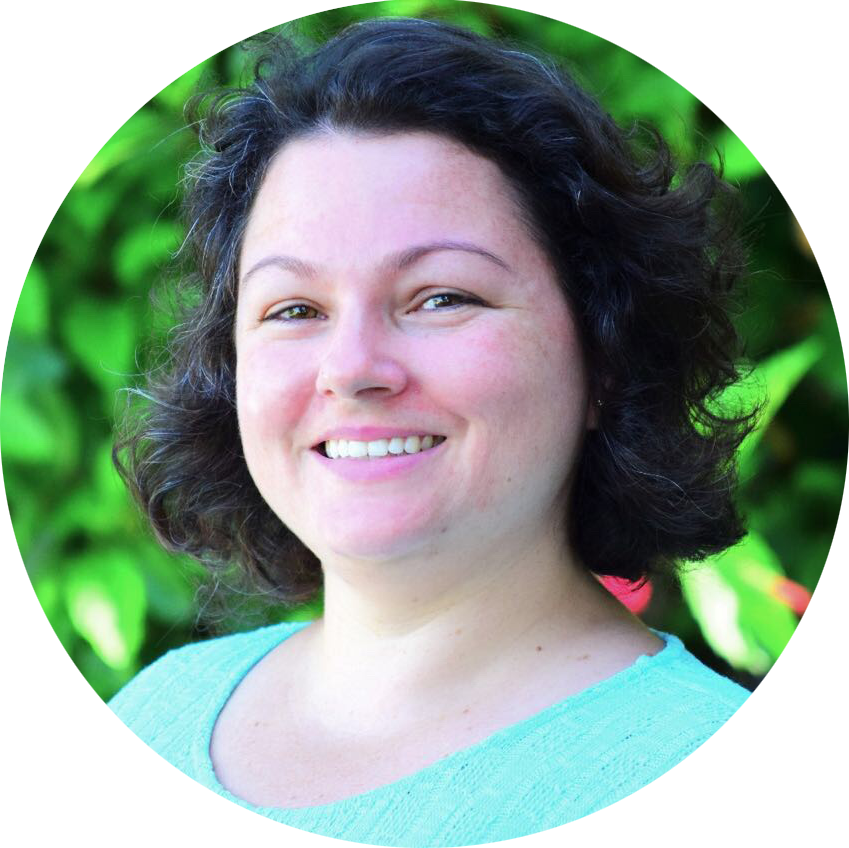
Eliziane is a Pharmacist and Biochemist, manages our Student Experience Team and provides technical advice for the ingredients research we undertake and provide. She loves bringing together the concepts of science, sustainability and organics. Read more about the Formula Botanica team.



